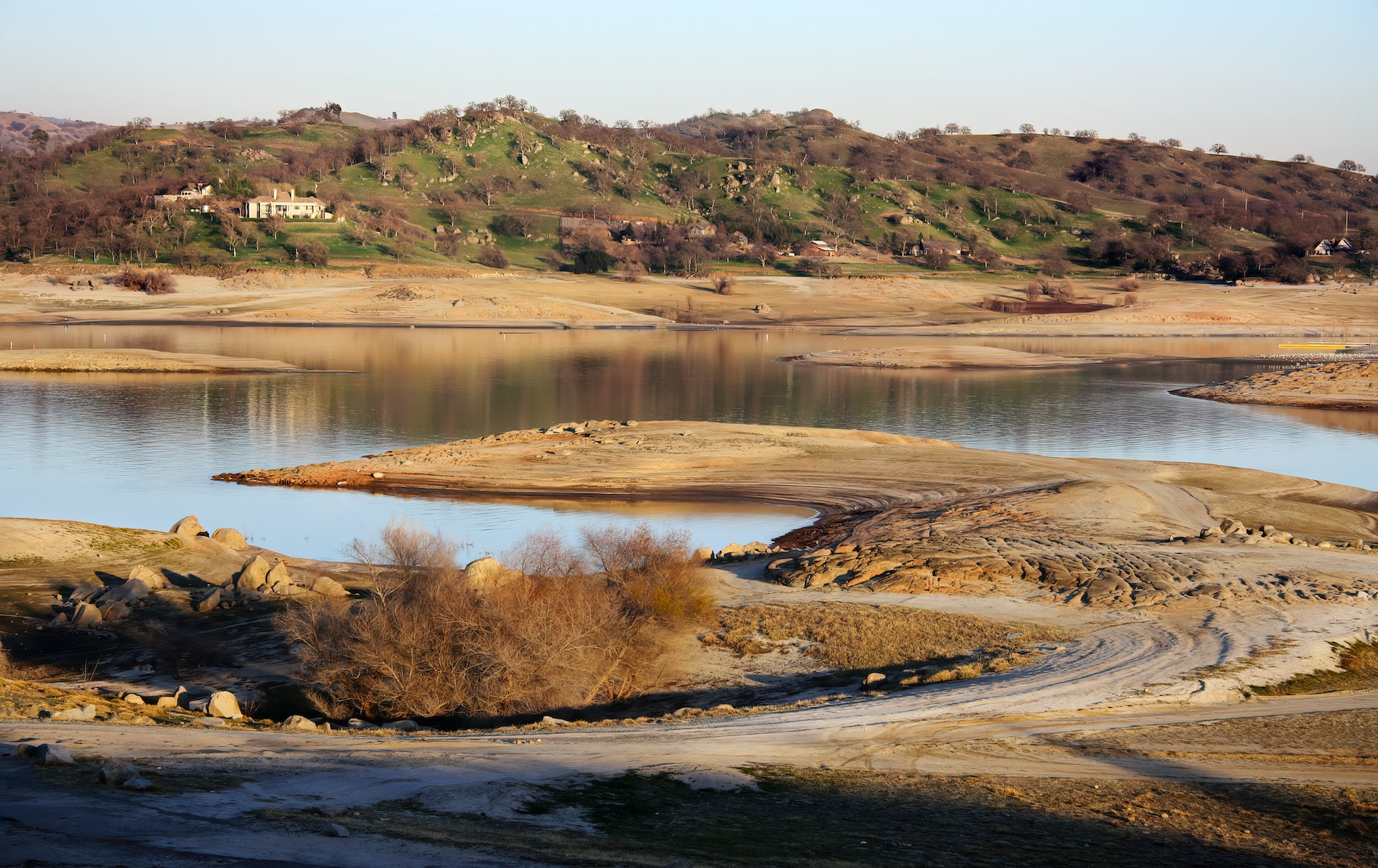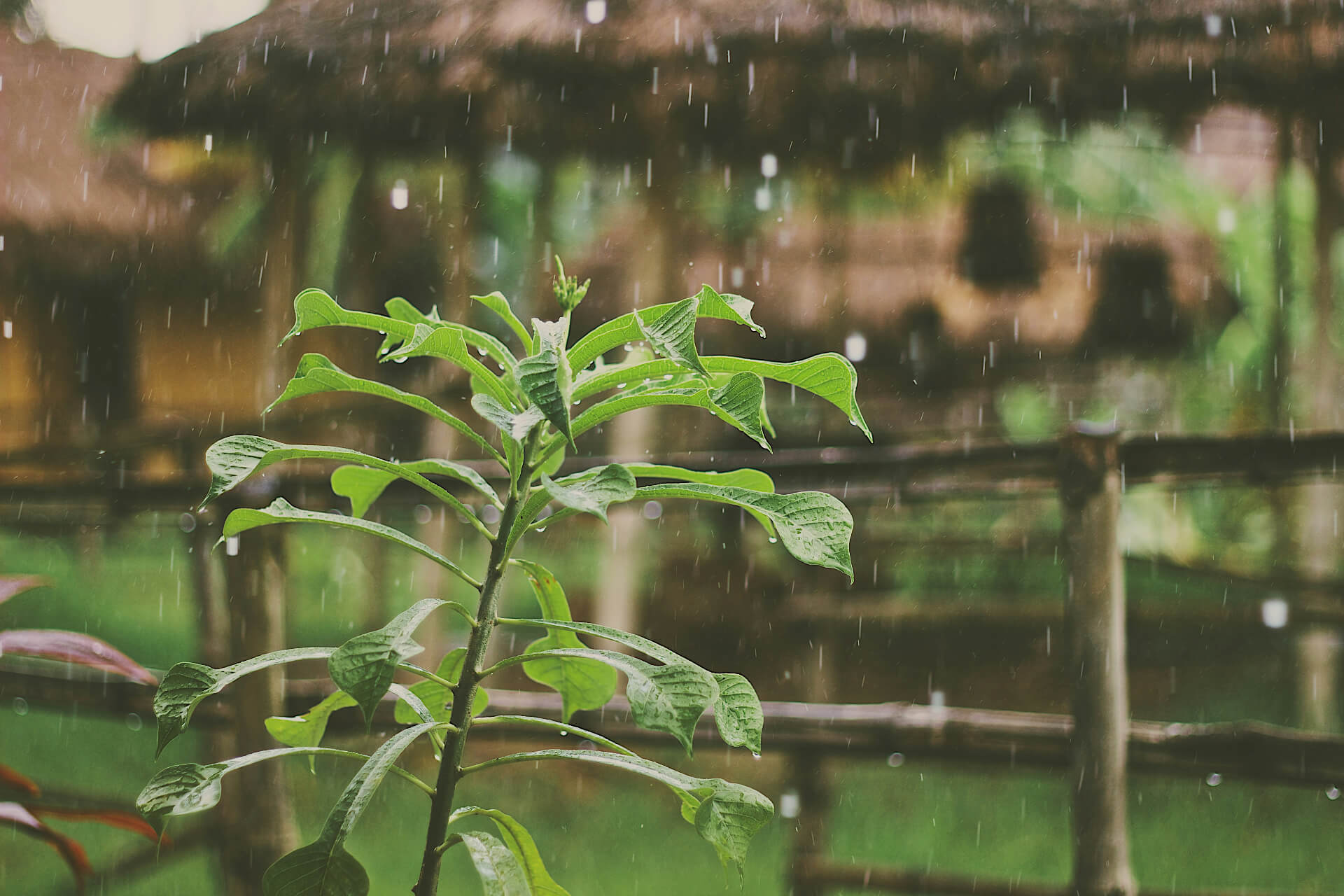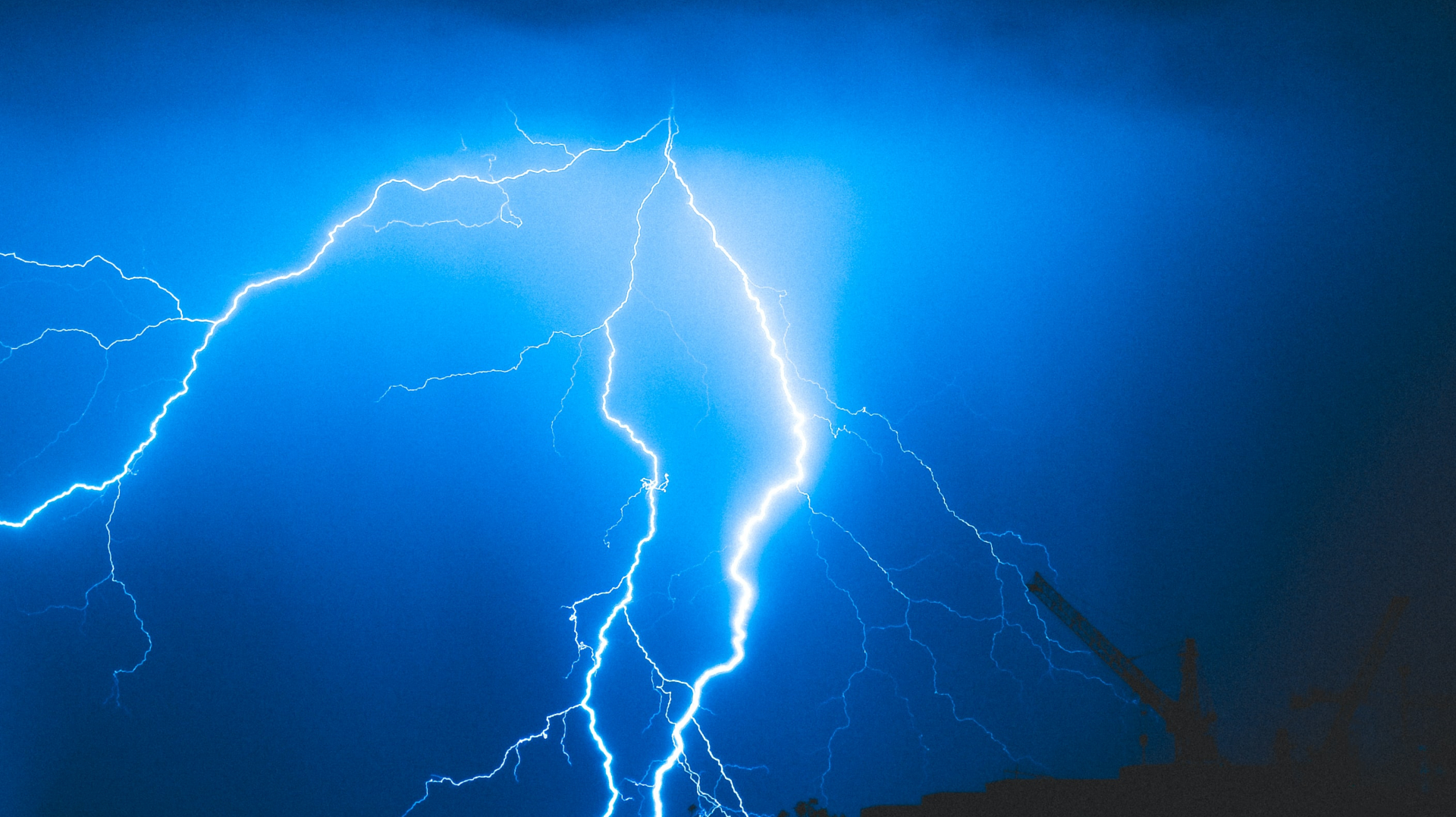
How is California Implementing Water Restrictions Amidst Drought?
January 17, 2023 - Emily Newton
Revolutionized is reader-supported. When you buy through links on our site, we may earn an affiliate commision. Learn more here.
California is the third largest state in the United States in terms of land area, coming in behind Texas and Alaska. Its climate varies widely from alpine in the mountains to desert or even Mediterranean near the coast. Unfortunately, these widely varied climates are also prone to severe and prolonged drought as well as wildfires. How has California been implementing water restrictions amidst these droughts? What are the state’s plans moving forward, and how could existing technology like a water flow restrictor help protect existing water supplies as the drought continues?
A History of Floods
Despite including three of the country’s major deserts — the Mojave, Colorado and Great Basin deserts — the state has a history of severe and often deadly flooding. A major flood in 1862 flooded the Sacramento Valley and nearly washed away the newly placed city foundations. It didn’t discourage early city planners from trying again, but it required a shift in their perspectives and the way they approached life in California’s many valleys.
Imperial Valley was flooded in 1905 by diverting the Colorado River. The flooded valley later became known as the Salton Sea. The Hetch Hetchy Valley was flooded in 1923, primarily to provide water supplies for San Francisco. Blocking these raging rivers doesn’t always work out the way engineers plan. The St. Francis Dam collapsed in 1928, flooding the Santa Clarita Valley. This flood took the lives of more than 450 people. Another flood in 1955, this time in the Sacramento Valley, killed 38.
This history of floods might make it appear that there is plenty of water in the state of California, but The Golden State is still historically a drought-prone area.
A History of Droughts
Long before the invention of the water flow restrictor, California has always been a dry and arid state. In the last decade or so, recent history shows the state experiencing longer and more severe droughts, but there are plenty of these events in the state’s history. Research has recorded and analyzed long periods of drought as far back as the 1920s and 1930s. This severe drought, which coincided with the beginning of the Dust Bowl that impacted so many western states, lasted for over a decade. Other extended droughts include:
- 1976-1977
- 1987-1992
- 2007-2009
Looking even further back, climatologists can use paleoclimate records to identify dry periods that lasted decades or longer, dating back to 1,000 years.
Unfortunately, current technologies don’t allow researchers to predict when droughts might occur — or when they might end. All they can do is prepare for them as best they can and implement restrictions such as limiting watering or installing a water flow restrictor to help supplies last until the rains start to fall and groundwater levels start to return to normal.
The Five-Year Drought And The Introduction of the Water Flow Restrictor
In 2013, researchers noticed that California’s total rainfall for the year was 34% lower than expected, with many regions experiencing much less rainfall than they would normally receive. This dramatic reduction meant that, among other things, river mouths were blocked by sand and sediment, blocking the return runs of salmon native to the area. According to the California Department of Fish and Wildlife, upwards of 95% of the winter-run salmon didn’t survive that year. It wasn’t enough to raise the alarm or alert people of a pending drought.
It wasn’t until January 2014 when researchers noticed that the preceding 12 months were the driest on record since the state had begun keeping records in 1885. That month, then-Governor Jerry Brown implemented a voluntary water reduction program to reduce water use by 20% to prevent a severe shortage during a prolonged drought. This effort included the introduction of the water flow restrictor, installed on water meters to prevent businesses and residents from exceeding their water usage. By April 1, 2021, it became apparent that the state was in a historic drought. The snowpack in the Sierra Nevada mountains — an integral part of the state’s water system — was at only 6% of where it should have been. “We are standing on dry grass and we should be standing on five feet of snow,” Brown said during a 2014 interview with PBS Newshour.
The Switch to Mandatory Restrictions
By April 1, 2015, the governor had implemented mandatory water restrictions, ordering cities to reduce their water usage by 25%. This order earned a lot of criticism because the restrictions didn’t apply to the state’s agricultural sector, which utilized upwards of 80% of the state’s potable water supplies at the time. The National Oceanic and Atmospheric Administration (NOAA) projected that El Nino conditions would help end the drought by 2015, but it continued.
By 2016, more than 102 million trees in the state had died from a lack of water, but the drought appeared to end. Around 30% of the state was no longer classified as in a drought. Heavy rains in 2017 finally brought the rest of the state out of the drought, but these deluges resulted in severe floods and erosion damage as the dry ground struggled to absorb the rainwater.
Is a Water Flow Restrictor the Answer?
In 2022, California is facing its worst drought in recorded history. In response, water restrictions are going back into effect. On June 1, 2022, residents and businesses must reduce their outdoor water usage to one or two days a week. Residents must also cut their overall water usage by 20-30%. In some districts, addresses can only water their lawns on certain days, only early in the morning or late in the evening.
In 2021, Gov. Gavin Newsom asked the entire state to reduce water use by 15%. The stricter water regulations are currently localized, but if that doesn’t work, he’s considering statewide restrictions as soon as September. All of California and most of the Southwest are currently contending with an extreme drought entering its third year and will likely continue through the rest of 2022.
If these restrictions go into effect, agencies could face serious fines. Water providers who fail to meet these restrictions could pay up to $2,000 per acre-foot of water. In some municipalities, commercial structures like businesses, hospitals and schools are currently banned from watering their ornamental lawns.
On the other side of the coin, some water providers are offering rebates to their customers for water-saving activities. The Placer County Water Agency is offering a $500 rebate for installing a water tank and up to $1,000 for replacing grass with more water-efficient landscaping.
The Threat of Water Scarcity
Growing populations and high usage are only one piece of the puzzle regarding protecting water supplies and ensuring that everyone has enough water to drink in California. Reducing water usage might be inconvenient, but it could help prevent this drought from becoming a water shortage for California and the rest of the western states.
Revolutionized is reader-supported. When you buy through links on our site, we may earn an affiliate commision. Learn more here.
Author
Emily Newton
Emily Newton is a technology and industrial journalist and the Editor in Chief of Revolutionized. She manages the sites publishing schedule, SEO optimization and content strategy. Emily enjoys writing and researching articles about how technology is changing every industry. When she isn't working, Emily enjoys playing video games or curling up with a good book.




